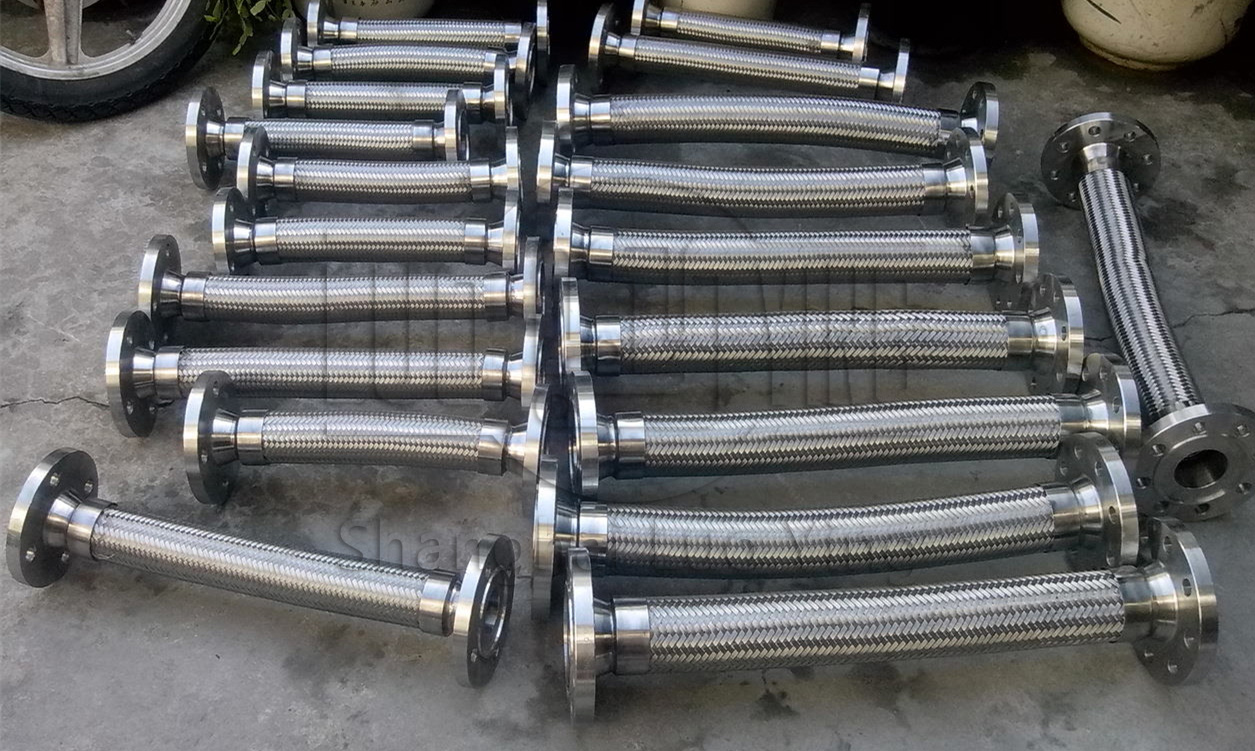What is the structure of metal hose?
May-23-06
What is the structure of metal hose?Metal hose is a flexible pipe made of metal, is widely used in various fields such as machinery, chemical industry, petroleum, metallurgy, aviation, etc.. It is usually made of multi-layer thin metal strip or steel wire braid, with high strength, pressure resistance, corrosion resistance, vibration resistance and fatigue resistance, etc., and has good flexibility and bending performance, can adapt to the complex movement state and environment. Below we will introduce the structure of metal hose in detail.
The main structure of the metal hose includes the inner tube body, reinforcement layer, isolation layer and outer protective layer. The inner body is usually made of stainless steel, copper, aluminum and other metal materials, with good corrosion resistance and sealing, but also can withstand a certain pressure. Strengthening layer is located on the outside of the inner body, mainly made of high-strength steel wire woven, used to enhance the pressure and vibration resistance of metal hose, thus making it more stable and solid. The isolation layer is located between the reinforcement layer and the outer protection layer, mainly made of synthetic rubber or polyurethane and other materials, used to isolate the internal metal tube body and reinforcement layer and the contact with the external environment, so as to effectively prevent corrosion and pollution. The outer protective layer is located on the outside of the isolation layer, usually made of PVC, PE and other plastic materials or stainless steel belt cover, used to protect the metal hose from external physical damage and chemical corrosion.

In short, the structure of metal hose is a variety of materials, multi-layered composite structure, with high strength, pressure resistance, corrosion resistance, vibration resistance and fatigue resistance and other excellent characteristics, can adapt to a variety of complex environments and movement state, is widely used in various fields.

